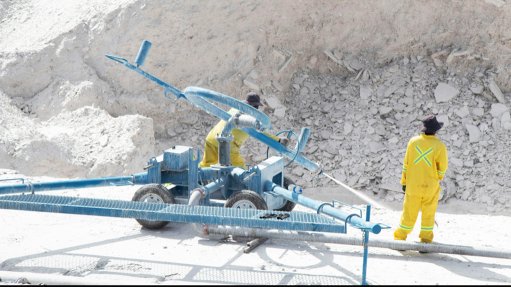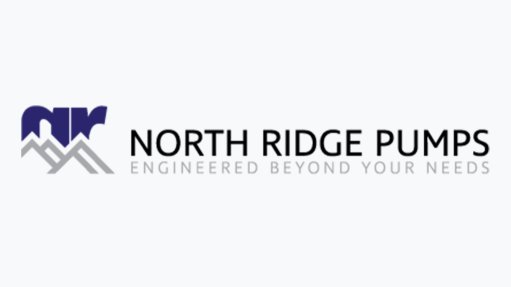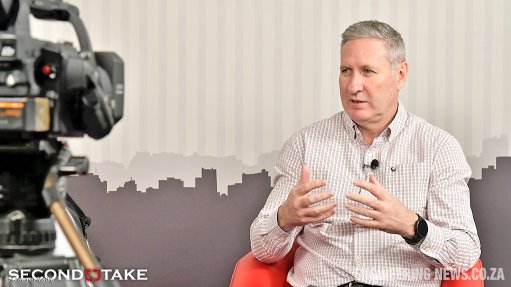Inspection and maintenance essential for fall protection safety equipment
Fall protection equipment maintenance and inspection is an essential part of safety when working at height, therefore, workers need to follow these simple steps as part of the routine to ensure that harnesses and lanyards offer optimal protection, says personal protective equipment (PPE) supplier HSE Solutions.
All harnesses and lanyards must be inspected before use, users need to check and ensure that all labels, harness serial numbers, inspection and withdrawal dates are legible. It is also important to check that the safety standard certification mark is visible.
Users should inspect the harness and lanyard webbing for any cuts, tears, holes, excessive stretching or abrasion damage. Depending on the type of industry, harnesses can be exposed to heat, corrosives and even hardware, which can compromise the integrity of the webbing.
There should be an examination of all the harness and lanyard hardware and a check for corrosion, deformation or excessive movement. Buckle adjusters, D-rings, and Snap Hooks should be free from dirt and damage. If any of the hardware exhibits excessive wear and tear, it should be replaced immediately.
“Ropes should be checked for cuts, abrasion or fraying, as well as cracked or broken thimbles. If damage to the rope is visible, remove the rope from service and document. Check all the sewing on the harness and lanyard to ensure that there are no broken, cut or worn threads,” says the company.
It is also important to look out for any damaged or weakened threads as a result of damage through exposure or deterioration. If there are any visible unauthorised repairs, remove the equipment from service immediately.
Further, basic care of the safety equipment will not only prolong its durable life, but will also contribute towards the performance of its vital safety functions.
Proper storage and maintenance after use are just as important as cleaning the equipment of dirt, corrosives and contaminants.
The most effective way of cleaning a harness or lanyard is to first wipe the surface with a damp sponge, before working up a lather using a mild solution of water and dishwashing liquid. Rinse the equipment in lukewarm water, and hang freely to dry away from excessive heat.
In addition, avoid unnecessary damage and deterioration to harnesses and lanyards as a result of exposure to heat, corrosive or sharp edges, as well as ultraviolet or other factors.
All inspections of safety equipment must be carried out with reference to AS/NZS 1891.4. If there is any doubt about the ability of a piece of equipment to perform accordingly, it is to be removed from service.
Building an enduring culture of safety can be the most cost-effective and proven accident-prevention process.
“Creating and internalising this culture is the most successful way to minimise costly injuries and maintain a safer, more productive and engaged workforce. PPE manufacturer Honeywell Safety Products knows that building a culture of safety is not just a set of rules, it is a new philosophy of preventing injury in the workplace.”
The company states that safety is no longer something defined and enforced by management, rather, it becomes the right and responsibility of each and every employee.
It notes that a culture of safety refers to the extent to which individuals and groups commit to personal responsibility for safety and act to preserve, enhance and communicate safety concerns.
Companies should also strive to actively learn, adapt and modify behaviour based on lessons learned from mistakes, and strive to be honoured in association with these values.
A culture of safety exists when safety is a priority for all and workers make safe choices on their own, the company concludes.
Article Enquiry
Email Article
Save Article
Feedback
To advertise email advertising@creamermedia.co.za or click here
Comments
Press Office
Announcements
What's On
Subscribe to improve your user experience...
Option 1 (equivalent of R125 a month):
Receive a weekly copy of Creamer Media's Engineering News & Mining Weekly magazine
(print copy for those in South Africa and e-magazine for those outside of South Africa)
Receive daily email newsletters
Access to full search results
Access archive of magazine back copies
Access to Projects in Progress
Access to ONE Research Report of your choice in PDF format
Option 2 (equivalent of R375 a month):
All benefits from Option 1
PLUS
Access to Creamer Media's Research Channel Africa for ALL Research Reports, in PDF format, on various industrial and mining sectors
including Electricity; Water; Energy Transition; Hydrogen; Roads, Rail and Ports; Coal; Gold; Platinum; Battery Metals; etc.
Already a subscriber?
Forgotten your password?
Receive weekly copy of Creamer Media's Engineering News & Mining Weekly magazine (print copy for those in South Africa and e-magazine for those outside of South Africa)
➕
Recieve daily email newsletters
➕
Access to full search results
➕
Access archive of magazine back copies
➕
Access to Projects in Progress
➕
Access to ONE Research Report of your choice in PDF format
RESEARCH CHANNEL AFRICA
R4500 (equivalent of R375 a month)
SUBSCRIBEAll benefits from Option 1
➕
Access to Creamer Media's Research Channel Africa for ALL Research Reports on various industrial and mining sectors, in PDF format, including on:
Electricity
➕
Water
➕
Energy Transition
➕
Hydrogen
➕
Roads, Rail and Ports
➕
Coal
➕
Gold
➕
Platinum
➕
Battery Metals
➕
etc.
Receive all benefits from Option 1 or Option 2 delivered to numerous people at your company
➕
Multiple User names and Passwords for simultaneous log-ins
➕
Intranet integration access to all in your organisation

















